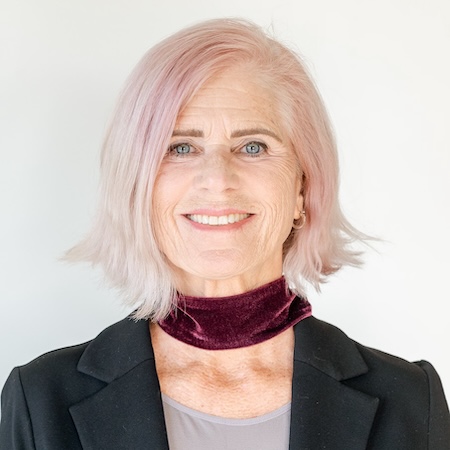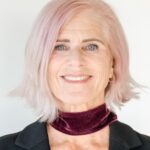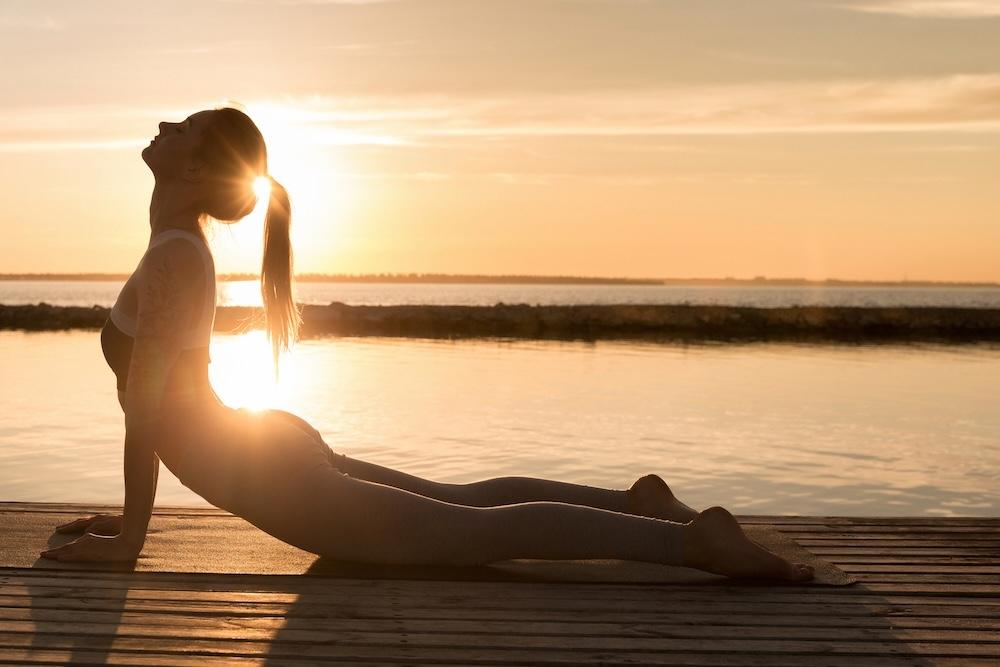Self Help or Seek Help? That is the Question
With a multitude of resources available to improve your life from books to podcasts to websites, where do you turn for help? Or should you just do it yourself? And what is the best time to begin?
A Good Time to Start
A few days ago I received an email from a well-known inspirational leader asking the question, ‘Where will you be on this day in January 2025?’ In a year from now, will you be the same person in the same situation, wanting to take that next step forward but not knowing which way to go? Or will you have taken the effective steps now so that in a year from now, you can proudly say that you did it?
I’d venture to say that most of us would want to be that person who made improvements over the course of the year. In the movie, Oppenheimer, a recurring theme throughout the dialogue is the hypothetical question Dr. Oppenheimer asks his colleagues: Things may work in theory, but what about in practice? How do we put a proven theory into practical steps that we can begin taking today? What is the first step?
What Do You Want to Accomplish?
The start of a new year logically seems like a good time to launch something fresh with the purpose of ending 2024 a different, better version of ourselves. As we turn to a brand new chapter of our story, we begin with a blank page. It’s up to us to take the pen in hand and write the title and first sentence of this 2024 chapter of our new story moving forward. We need not look back on old chapters, regrets, or seeming mistakes. I’m reminded of the time years ago driving with a friend in Paris and as we were speeding through the streets, I noticed his car was missing a rear view mirror. When I commented about this, his response was, “Why would I need to see what is behind me? My focus is on where I am going and what is up ahead.” I thought this to be a rather peculiar answer, yet he did have a point. Yes, we were young and perhaps careless, but in the years since I have often used his words as life’s analogy – keep our eyes on the road ahead, not behind from where we came.
If we throw a dart into space, we won’t hit our target. If we throw a dart at a dartboard, aiming for the center bullseye, we’ve established a definitive target, giving us a benchmark to measure how close we are to our goal. Before we begin any program to improve our health, the first step is to define exactly what it is we want to accomplish. Defining our goal is like completing the prerequisite to a class which prepares us for the forthcoming curriculum. Some of the most successful people I personally know are where they are today because they clearly defined a goal which set them into forward motion with blinders on and no stopping until their task was completed. One example is the person who decided out of the blue they wanted to run a marathon. They created a training schedule and have successfully completed the L.A. Marathon for the past six years. Successful people clearly define their goal with determination and commitment, keeping laser-focused until their arrival at the finish line.
Good News
The good news when it comes to attaining great health is that we already have a head start since being healed and whole is your body’s natural state of being. The good news is your body’s systems strive to work in harmony to keep you in tip-top shape. The good news is your body knows no labels, rather it recognizes that something is off when you are not feeling your best and sets out to correct those imbalances so you can once again feel whole. This means that your body is our ally – not your enemy – constantly giving you signs. When you stop and listen, you and your miraculous human body make a powerful team setting out together on your healing journey.
Where to Begin?
Once your goal is defined, if you are not trained in a specific field in the Healing Arts and Sciences, you may not know exactly where to begin. Since I place movement at the top of the list of key aspects making up our overall health, I advise you first and foremost to find a form of movement that resonates with you. What are you drawn to? What form of exercise has always intrigued you? Moving your body is a great starting point for all issues of well-being. It increases blood flow which oxygenates your cells, tissues, and organs; it gets your Lymphatic system flowing to rid your body of toxins, Your Beautiful Lymphatic System, and it releases hormones to reduce anxiety and boost your mood. Harvard Health Study on Pain, Anxiety and Depression.
Yoga, Pilates, Gyrotonics, walking, swimming, and stretching are all good starting points. Strength Training is another modality that boosts your wellbeing. Not only will it contribute to keeping your bone density up, but it will give you strength to do things on your own as you age. If you don’t have experience with Strength Training, it is advisable to work with a professional trainer to prevent injuries and safely achieve your exercise goal. You may get to a point of developing the habit on your own. As an added bonus, a strong body leads to independence – a crucial factor in keeping you happy and feeling your best. Independence also allows you to help others in need. I encourage you to strive to be the one who helps others, not the one who needs other’s help.
Breathwork and Meditation are great complements to the above forms of movement, can be done for free, and you can practice them easily throughout the day. To begin any of the above techniques, online resources will guide you, or ask us on your next visit to the Center.
Use Your Intuition
Remember to use your intuition when it comes to movement. Let’s say your friend has been telling you that you must try Yoga but you have no interest. They finally convince you to go to a class and you are totally uncomfortable, do not resonate with the teacher, and leave feeling uncoordinated and worse than when you came. Maybe Yoga is not for you, or maybe it was the wrong type of Yoga, or a bad teacher, or simply a good teacher that you did not relate to. Here’s where intuition comes in. You are the only one who knows if it’s worth another try, or if it simply is not for you.
Perhaps you keep hearing about Pilates, or a certain gym that opened that has piqued your curiosity. Kettle bells may interest you. There is a myriad of exercises to try. Go check them out. Often you can find introductory offers or even your first class for free. Meet the trainers and see if they resonate with you. Fortunately we are living in a time where new modes of exercise continually pop up. You’ll know when you have found the perfect form of exercise for you. In the meantime, a 20-minute walk is always a good place to start.
The Solution is One Step at a Time
Obviously, there is a component of self-discipline when it comes to exercising on your own or even getting ready to go to the gym or to class. That is a muscle you acquire by repetition, like brushing your teeth every day. You wouldn’t say, “I brushed my teeth on Sunday, so I don’t have to brush them again for a while.” Hopefully you brush them at least morning and night every day without thinking. We want our movement habits to be as automatic as brushing our teeth. To establish this habit we just repeat it regularly, even if it is for a period of 5 minutes. When I decided I wanted to incorporate a daily walk into my routine, I told myself I would walk for 5 minutes. I made it a ritual by putting on my shoes, socks, and headphones and queuing up a podcast. This was the beginning of my ritual. I did this several times the first week which immediately turned into a 20-minute walk because it felt so invigorating and I was already out there; it was almost silly to turn back after 5 minutes. As we start to see results, it is easier to repeat, and we will want to naturally increase the length of our routine. Today the habit that began with a 5-minute plan has become my daily 40-minute brisk walk.
When we’re feeling low, it’s hard to muster up the energy to get off the couch and do something productive. Exercise may seem overwhelming. So pick one small thing with which to start that will give you just a little boost. Slowly sipping a glass of water, sitting still for 5 minutes without your phone and focusing on your breath, and taking a 5-minute brisk walk are great small tasks that can turn into excellent habits with significant benefits.
Nutrition and Information Overload
You may be experiencing information overload when it comes to what foods and supplements to choose. What is a Microbiome? Which source of Vitamin D is the best? Do I take a Prebiotic or Probiotic? What is Quercetin? Should I be a Carnivore or a Vegan? The answer to each of the above questions is, ‘It depends. It’s not One Size Fits All.’
If you’re completely overwhelmed with the vast and conflicting information out there and your own self-discipline is simply not getting you where you’d like to be, trained Healthcare Professionals are here to guide you. Our job is to stay on the cutting edge of the latest research, enabling us to help our patients find their unique healing path. A key component to working with a Healthcare Professional is understanding the importance of patient education. If a 55-year-old patient seeks our help, we educate them on ways to move in the direction of health and wholeness. We help them understand that for 55 years they have been eating a certain way, moving (or not moving) a certain way, and thinking a certain way about their health that has created the life they are experiencing today. We begin by offering them a new perspective on how they approach their health and develop a plan of action.
Seeking the Help of a Holistic Practitioner
The definition of Holistic Health is an approach to life that considers multidimensional aspects of wellness, encouraging individuals to recognize the whole person in their physical, mental, emotional, and spiritual state, going beyond just eliminating symptoms by looking at the cause and making lifestyle changes. The health and wellness field is moving in the direction of Holistic Medicine because people are looking for internal lasting changes, not just putting a Band-Aid on a superficial wound. A good practitioner will be able to recommend outside modalities, give you daily or weekly movement exercises, and keep you accountable as you progress through a well-designed program. At the Center for Health, we are excited about treating our patients from a Holistic standpoint and recommend this approach to find the way back to wholeness.
In the past, the goals of the majority of our patients have fallen into three categories: 1) They want to get out of pain, 2) They want to lose weight, and 3) They want to have more energy. However, lately the relief of Anxiety and Depression – two major epidemics showing a global increase over the past three years1 have topped our patients’ lists and more and more are seeking our help looking for a better, happier, and more fulfilled life. As a Holistic Nutritionist and Health Care Practitioner for the past 30 years, I look at your lifestyle, your emotional state, and your exercise habits. I want to know the cause behind what is keeping you out of homeostasis – the tendency toward a stable equilibrium between all systems. I ask you to define your health goals. Together we paint a picture of where you are now and where you see your future ideal self, working in tandem to get you there.
In Summary
You are not alone in feeling inundated with resources, information, and advice on your personal health and well-being from your neighbor to your friend to your in-laws. Deciding to do it yourself or seek the advice of a Healthcare Professional depends on what issues you are dealing with and from where you are starting. Whether it be physical, mental, emotional, or spiritual help that you are looking for, I have found that a combination of self-help and seeking help, blending your input with that of your practitioner, will take you toward your optimal state of health. Finding a practitioner who takes the time to get to know you and who welcomes your feedback in combination with you taking responsibility for your daily choices and behavior around movement and emotional wellness will lead to a beneficial and successful patient/practitioner relationship.
At the Center for Health, we welcome your input and hope to learn as much about you as possible to enable us to offer a program that suits your lifestyle and one upon which we think you will be able to follow through.
The ancient Chinese proverb states, “The best time to plant a tree was 20 years ago. The next best time is now.” Don’t wait another 20 years. If we fast forward to this day in January 2025, sitting in your living room in your favorite chair, are you where you’d like to be? Are you feeling good, satisfied, and proud of the person you’ve become? Or are you stuck, frustrated, and down on yourself for doing the same thing over and over and expecting different results? Right now is a great time to break the cycle and start… somewhere. The only way to do that is to begin with one thing. It’s your choice, and we can help get you there.
Stay tuned for more Nutritional and Lifestyle Tips.
1 According to the World Health Organization (WHO), since the outbreak of the COVID-19 pandemic, anxiety and depression prevalence increased by 25% globally [13].Apr 11, 2023 https://www.ncbi.nlm.nih.gov/pmc/articles/EffectsofPandemiconMentalHealth

Melanie D. Larinde, Ph.D. in Holistic Nutrition, uses a comprehensive and straightforward approach to wellness, integrating science with common sense to achieve vitality and balance in her patients’ lives.




